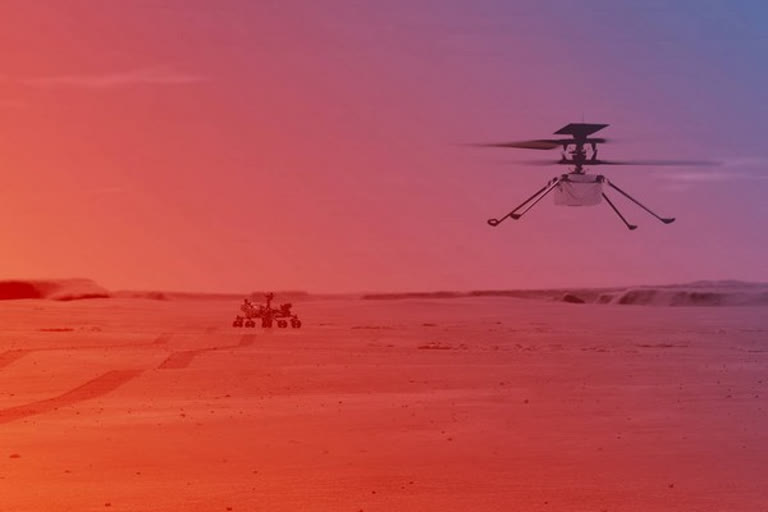Washington [US]: NASA's Mars rover Perseverance has failed in its first attempt to grab rock samples on Mars for future return to Earth. The car-sized Perseverance landed inside the Red Planet's Jezero Crater this past February with an objective to search for signs of ancient microbial life. The American space agency in a statement said that data sent to Earth by NASA's Perseverance rover after its first attempt to "collect a rock sample on Mars and seal it in a sample tube indicate that no rock was collected during the initial sampling activity". "While this is not the 'hole-in-one we hoped for, there is always a risk with breaking new ground," said Thomas Zurbuchen, associate administrator of NASA's Science Mission Directorate in Washington. "I'm confident we have the right team working this, and we will persevere toward a solution to ensure future success."
The rover carries 43 titanium sample tubes and is exploring Jezero Crater, where it will be gathering samples of rock and regolith (broken rock and dust) for future analysis on Earth. Perseverance's Sampling and Caching System uses a hollow coring bit and a percussive drill at the end of its 7-foot-long (2-meter-long) robotic arm to extract samples. Telemetry from the rover indicates that during its first coring attempt, the drill and bit were engaged as planned, and post-coring the sample tube was processed as intended. "The sampling process is autonomous from beginning to end," said Jessica Samuels, the surface mission manager for Perseverance at NASA's Jet Propulsion Laboratory in Southern California. "One of the steps that occur after placing a probe into the collection tube is to measure the volume of the sample. The probe did not encounter the expected resistance that would be there if a sample were inside the tube."
READ:NASA lander reveals Mars' deep interiors for 1st time
The Perseverance mission is assembling a response team to analyze the data. One early step will be to use the WATSON (Wide Angle Topographic Sensor for Operations and eNgineering) imager - located at the end of the robotic arm - to take close-up pictures of the borehole. Once the team has a better understanding of what happened, it will be able to ascertain when to schedule the next sample collection attempt. "The initial thinking is that the empty tube is more likely a result of the rock target not reacting the way we expected during coring, and less likely a hardware issue with the Sampling and Caching System," said Jennifer Trosper, project manager for Perseverance at JPL. "Over the next few days, the team will be spending more time analyzing the data we have, and also acquiring some additional diagnostic data to support understanding the root cause for the empty tube."
